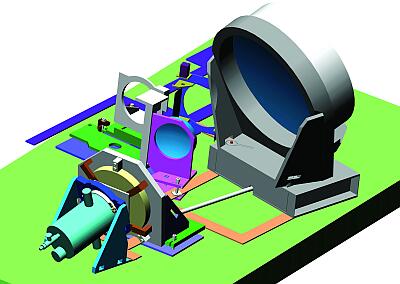 | |||
|
| Home > Public Information > ING Newsletter > No. 6, October 2002 > Telescopes and Instrumentation |
|
|
INGRID | SCIENCE |
|
|
|
Previous: ULTRACAM Successfully Commissioned on the WHT | Up: Table of Contents | Next: Upgrading the WHT Acquisition TV Cameras


